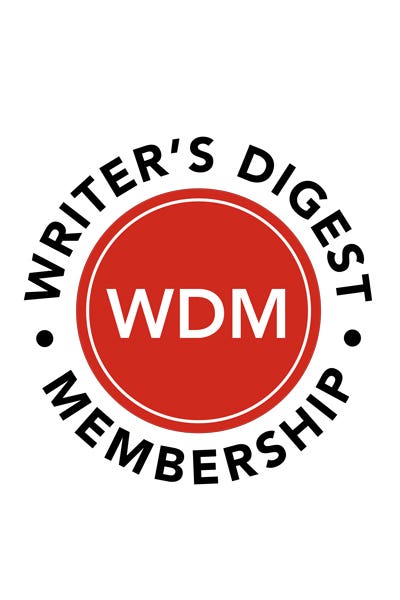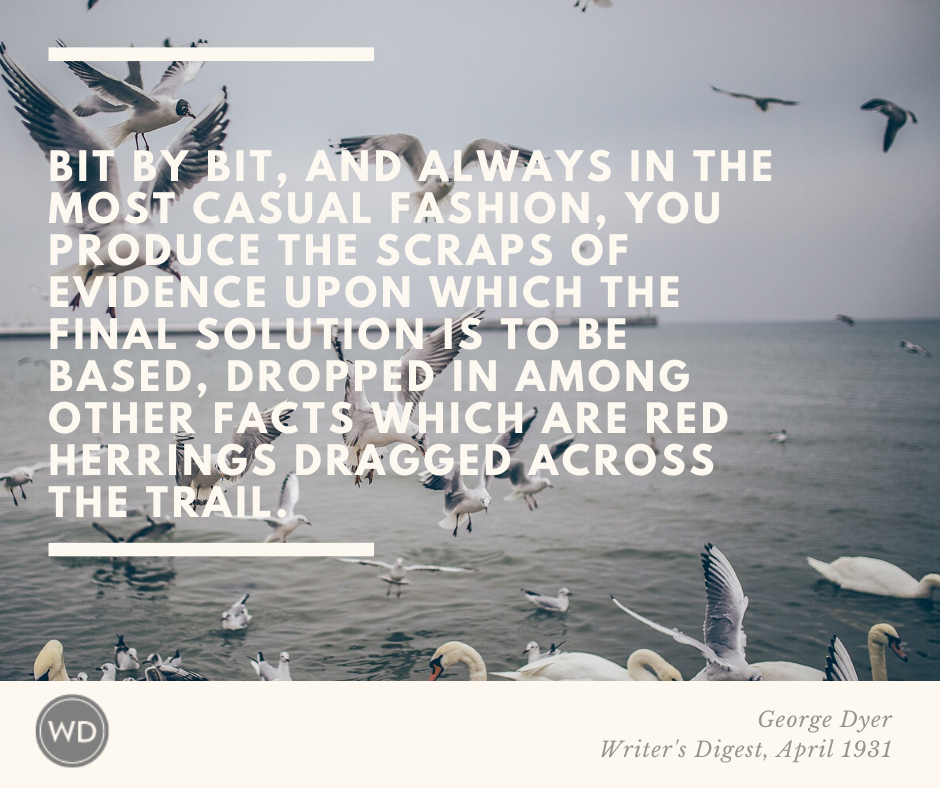3 Tips for Saving Research Time
Ah, timethe most precious resource writers have, yet the easiest to squander. Freelancer Deborah J. Myers Post offers ways to give yourself more time for writing by making the most of your research time. Here are three simple steps that will help you save valuable research time.
Time is an endangered resource to writers: time to query, time to write, time to research. The last seems to be the scarcest and yet is the most important for creating sellable prose. The three R's of conservation apply to writing research, not just the environment: Save time by reducing, reusing and recycling your research.
Reduce your research time
You easily can cut back on the amount of research you perform without hiring an assistant. How? When qualified, professional people volunteer to look up information for you, take them up on the offer. Even if you don't need the facts right now, you should tuck the info away in your files. Set up categorical tidbit files, grouped in a way that will help you remember what was put where. Mine are based on the categories in Writer's Market (WD Books).
When I was booking a recent flight for a pleasure trip to central New York, the travel agent asked if I wanted any information on the area's attractions. Before I knew it, I had a mound of Web site printouts, brochures and maps on my desk. Bingo! Travel piece. All I needed was a few photographs and some been-there-done-that prose, such as which hiking trails at Watkins Glen State Park your dog would enjoy the most (this was for a piece in DogGone!, a canine travel publication). Most of the research on places to visit and the nitty-gritty facts had already been done for me. I've sold two articles from the same research, one to DogGone! and one to Accent on Living, and a few others I've queried to Trips, The Saturday Evening Post and Weddingbells.
Small-business owners and industry experts often are eager to talk shop and sometimes see the possible benefit to themselves—free media exposure. An article about vintage car upholstering that I wrote for Classic Auto Restorer was based solely on picking the brain of a seasoned upholsterer and shop owner who also happened to be a classic car fancier. To show my thanks, I included a sidebar listing his shop's number and address, and he has received calls from several readers who wanted further information.
Most of my article ideas I get by meeting people—not by trying to scramble around and find people who I can interview and thus support my article idea. By truly listening to your spouse's boss, your hair stylist, your child's teacher and their fascinating lives, you can spark article ideas that would be of interest to a particular audience.
Librarians and their high-tech counterpart, the Internet, are also terrific resources. Just make sure you know what you want when you talk with librarians, and know roughly how to find what you're seeking on the Internet, or you may not save time. When using real people, don't ask for too much or ask so often that they flee the next time they see you coming.
When others perform research for you, properly cite your sources so that you may include them in the bibliography, if needed. Usually, an internal reference will do, such as, "According to John Smith, author of How Writers Survive, 95% of freelance writers make their living by selling to several different buyers." If you use a large portion of another person's work, ask permission first and state in a footnote, "Used with permission from Mary Jones' How to Paint Your House."
Save only the information that you know is 100% reliable. If you're not sure it is, cross-check with a second source. Be sure to document sources in case you need to verify facts later, or if you need to reference sources in the piece.
Reuse your research
Never, ever throw away your research notes. Even if you think you'll never write about Holstein dairy cows' milk again, sock those notes away in your files. Even old statistical information can be useful if it is compared with present-day stats.
Further, you may be able to reuse the research in an article on the same topic targeting a different market. When you do so, be sure the two articles are substantially different in tone, wording, slant, illustration and content. This ensures that you're not selling a reprint as new material.
For instance, I sold an article on home schooling to At-Home Mothering and have queried a piece on the same topic to an educational trade magazine. The first article focused on teaching different age groups at home; the second will be about teaching special needs children at home. The moms I interviewed kept steering the conversation back toward the second topic, so instead of re-slanting the first article and trying to change the editor's mind, I am creating two pieces from the same amount of research.
You can also plan multiple articles from the get-go. Donna Poole, a Michigan-based writer, interviewed a missionary to the Pemon Islands and used the information in a book the missionary published, a nonfiction article Poole wrote and in a children's fiction story. With a little careful planning, you can ask enough questions in the same interview to get the information you need for several pieces. Ask questions that represent the various angles you will represent. For example, the book about the missionary and the nonfiction piece would be slanted to an adult lay audience; however, the children's story would be directed to the younger age group. Donna's interview questions gathered information that supported both slants. For instance, questions about the games the children play on the Pemon Islands, and what school is like for the kids who live there would make the children's story appeal to that age group. For the adult laymen, Donna's questions centered on the spiritual and physical needs of the people, and how mission work can meet those needs. By covering a broad scope of interest in her questions, Donna was able to use the interview for three different writings.
Recycle and reprint
If you own the rights to your article, you can resell to other publications as a reprint. When you query about doing so, be sure to include a photocopy of the printed piece. Many magazines accept reprints and pay a percentage of what you were paid the last time (sometimes 100%!) or a flat rate. Some magazines list in their writer's guidelines that they want to know what your piece sold for originally so they can figure a percentage. Check the guidelines or the listing in Writer's Market (WD Books) to be sure. An article about the small college experience that I sold to College Bound a few years ago was reprinted in College Preview for almost three times what I received the first time. Recycling articles works particularly well if you resell to a much larger or much smaller magazine because their audiences are different.
You can also recycle articles by including them in a larger work, such as a book, booklet or leaflet. Kymberly Perkins, a Colorado author, incorporated a leaflet she wrote about Y2K problems for her employer into her self-published book, R U Y2K OK? (she wrote the leaflet voluntarily but was laid off before it could be used).
Conserving your energy
What will you do with the time you save by reducing, reusing and recycling your research? Maybe you can get a couple of extra queries out each month. Maybe you'll start on that novel that's rolling around in your brain. Maybe you'll actually spend more time with friends and family. Or, maybe you could finally head for the recycling center with all that used paper!
Deborah J. Myers Post has been writing for nine years. Her articles have appeared in magazines including Classic Auto Restorer and College Monthly.









